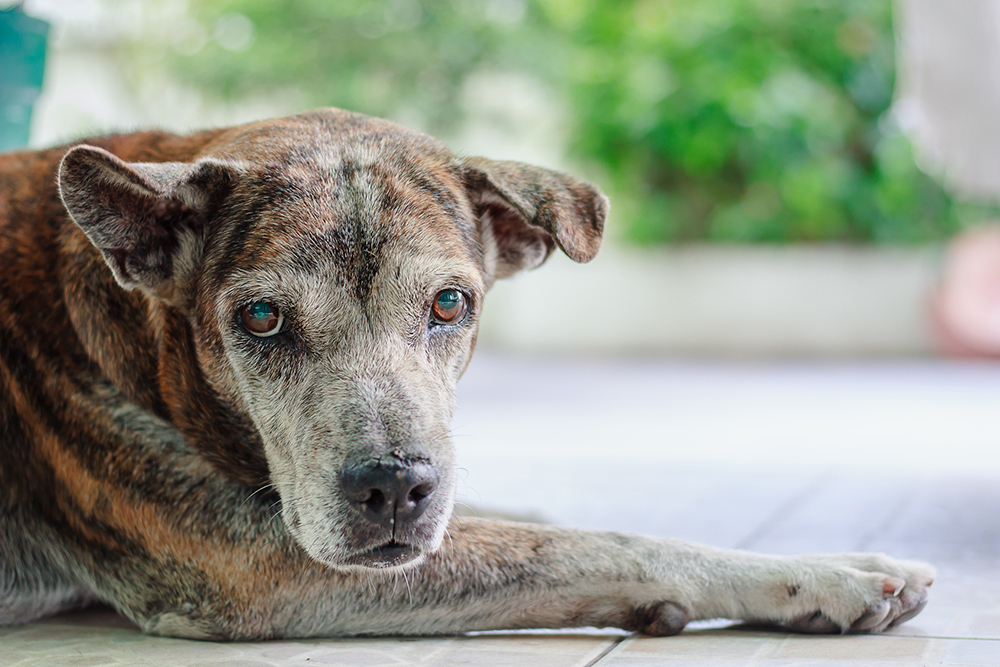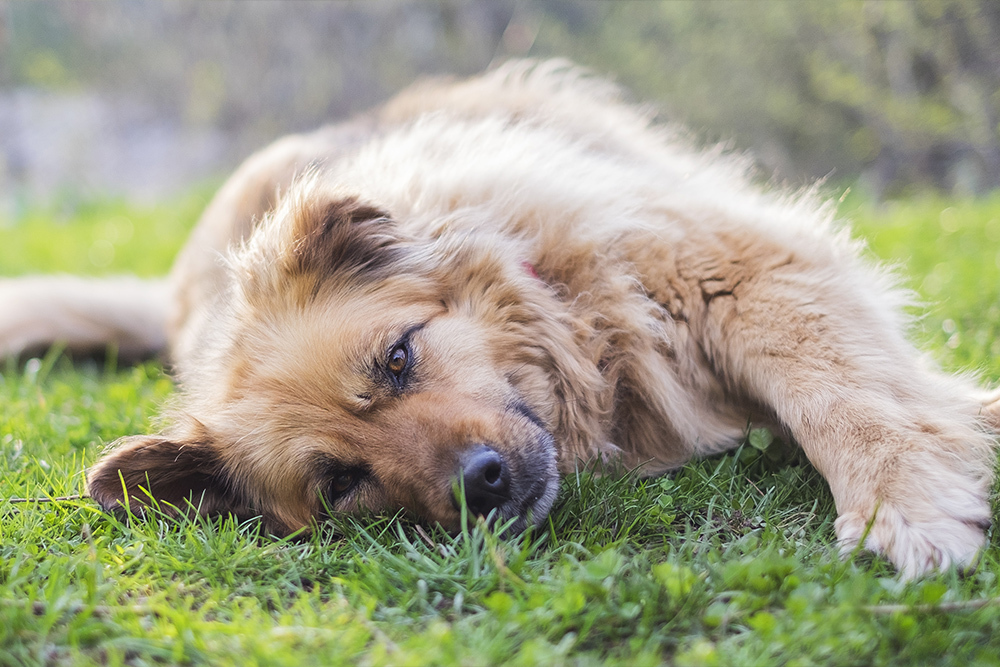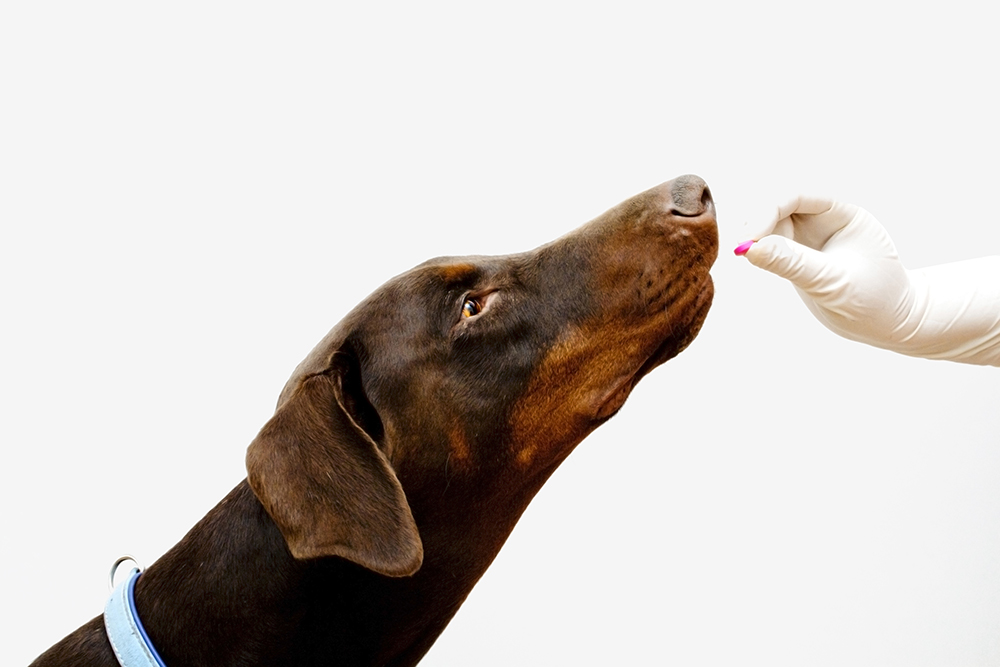Learn : Health & Wellness
Cataracts in Dogs
Noticing any cloudiness in your dog’s eyes? Do they seem to be having trouble seeing things?
This could be a sign of cataracts. The good news is that cataracts can be easily treated with surgery, and some dogs can live a long and happy life without having these cataracts removed.
What are cataracts
Cataracts in dogs are just like they are in people — an opaque opacity in the lens that causes impaired vision. Cataracts can range in size and density: Some are very faint and very small, not causing many issues, while others can present densely and include the whole lens, causing full blindness.
Causes of cataracts in dogs
Cataracts are caused by old age, disease or inherited conditions. They’re rarely present at birth, but your dog can start to develop them as early as one year of age. They’re commonly seen in uncontrolled diabetic patients, as well as certain breeds that have been found to be more predisposed to them. These breeds include:
- Smooth Fox Terriers
- Poodles
- Schnauzers
- Havanese
- Cocker Spaniels
- Bichon
- Silky Terriers
Signs that your dog has cataracts
Changes to the pupil. Cataracts are often identifiable by a blueish-white film across your dog’s pupil. You may even notice that the pupil of their eye suddenly becomes white.
Difficulty seeing. As cataracts start to develop, you will slowly notice that your dog cannot see very well. They may start to bark almost randomly, even at you, or begin bumping into objects around the house. Keep in mind, some dogs may still be able to make their way around the house and recognize their owners due to their keen sense of smell. So you’ll need to watch closely for signs that your dog’s vision has been imparied.
Diagnosing & Treating Cataracts in dogs
If you start to notice any of these signs in your dog, it would be best to take them to your vet. They can examine your dog’s eyes to make sure that this is cataracts and not something more serious going on with your dog’s eye.
The only way to completely treat cataracts in dogs to have cataract surgery, typically performed by a veterinary ophthalmologist. Your vet should be able to refer you in the right direction if you’re having difficulty tracking down a specialist. Non-surgical options exist, but won’t remove the cataract, but they can help control inflammation and slow vision loss when surgery is not an option.
If you do not treat cataracts in your dog, the lens may luxate or slip from the tissues that hold the lens in place, which can in turn block the normal route that fluid drains from your dog’s eye. This can lead to pressure and pain, which can cause much larger problems, such as your dog developing glaucoma or permanent blindness.
A cataract can also slowly dissolve the lens, which will cause pain and inflammation deep in your dog’s eye and could lead to the loss of an eye altogether.
Preventing Cataracts in Dogs
Unfortunately, there are not any great prevention methods for cataracts. However, having yearly exams from your vet can help detect cataracts or diabetes that can lead to cataract formations.
If you do think that your dog is developing cataracts, it’s best for them to see your vet ASAP. If it’s due to an underlying medical condition, treating cataracts early can help slow their progression dramatically and preserve your dog’s quality of life.



 Constipation In Dogs
Constipation In Dogs
 Doxycycline for Dogs
Doxycycline for Dogs
 Lipomas in Dogs: Everything You Need to Know
Lipomas in Dogs: Everything You Need to Know
 How to Induce Vomiting in Dogs
How to Induce Vomiting in Dogs
 Shrinking Canine Lipomas
Shrinking Canine Lipomas
 Decreasing Diarrhea: New Findings from Nom Nom
Decreasing Diarrhea: New Findings from Nom Nom